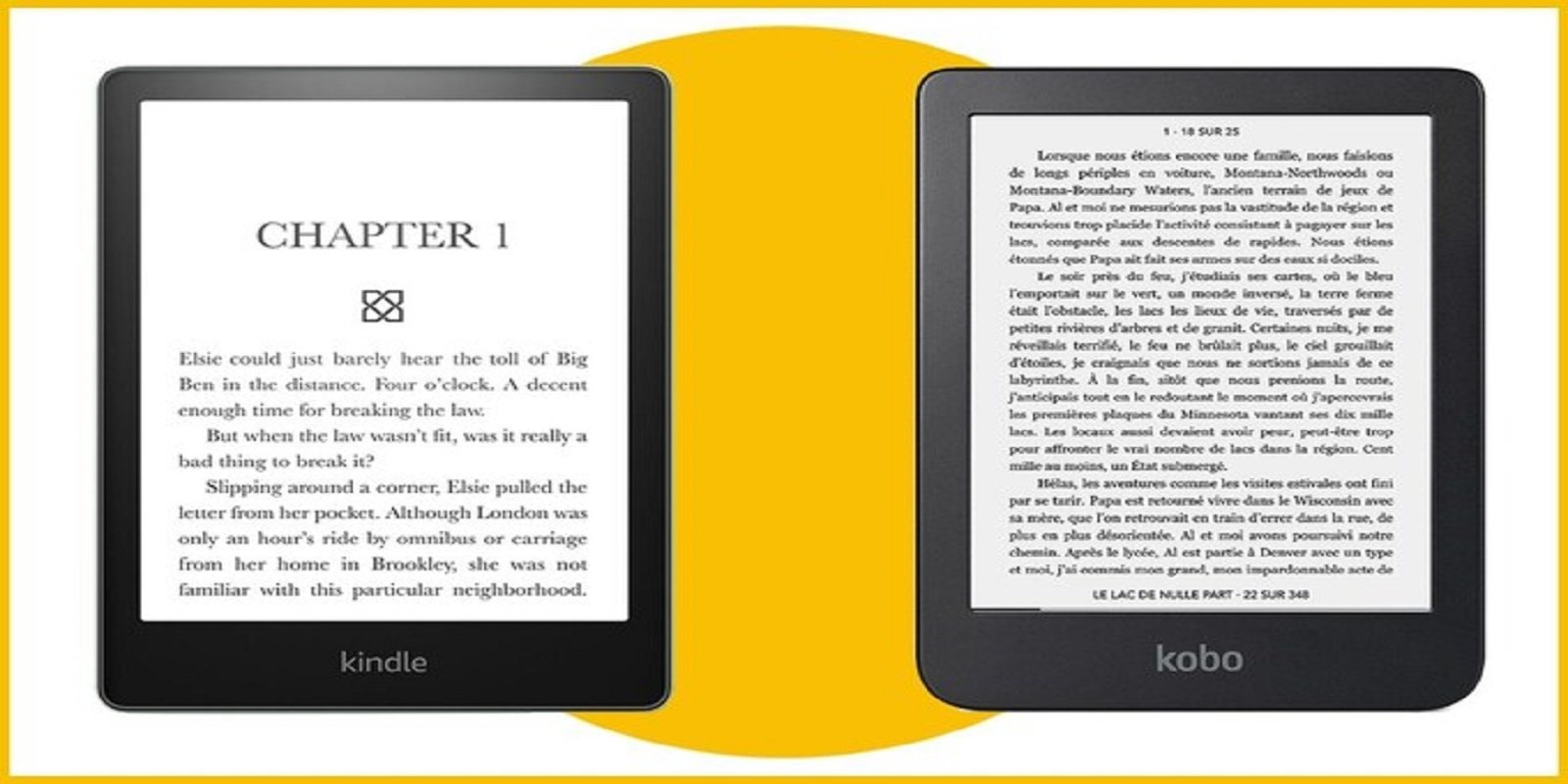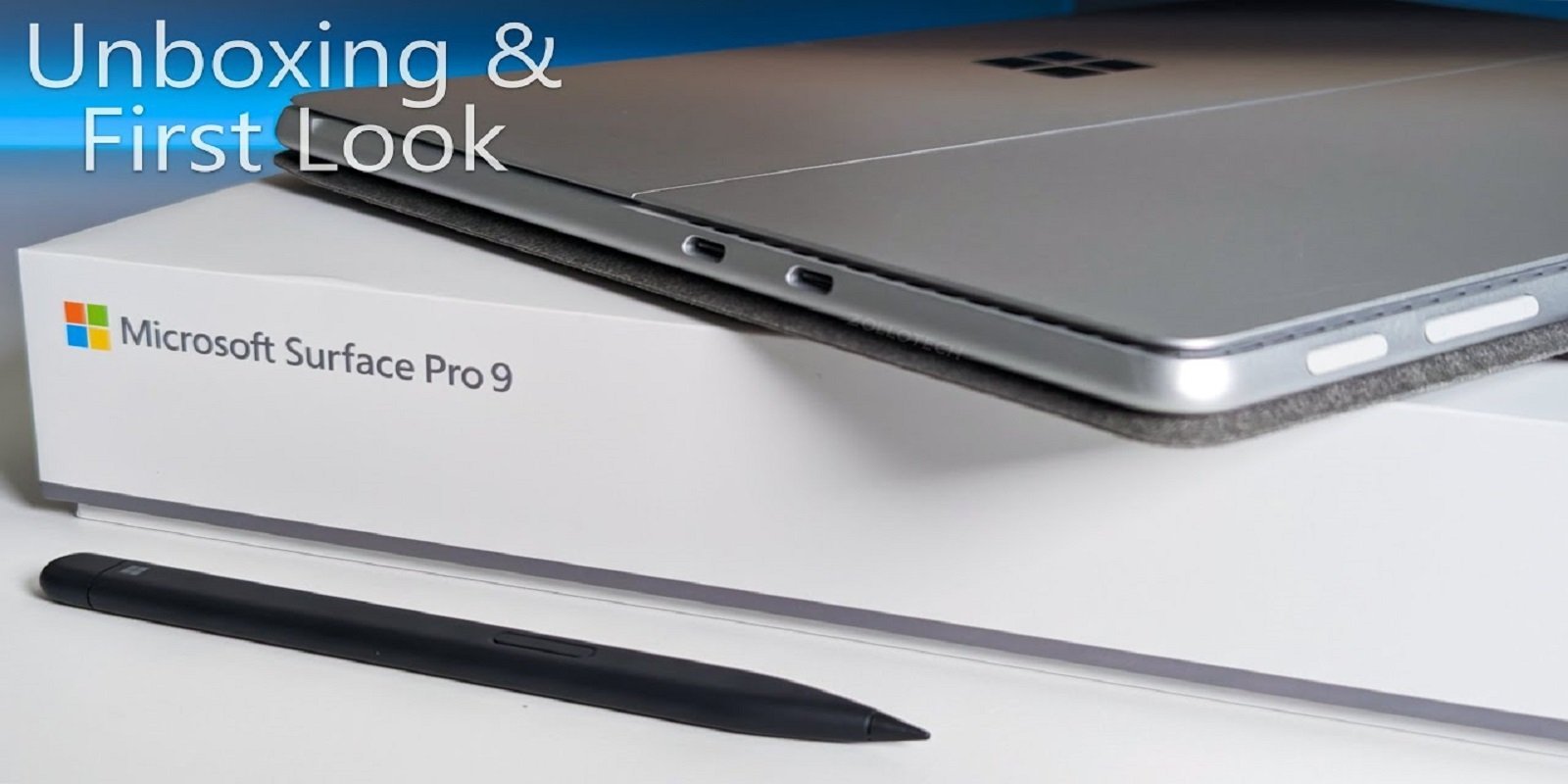In the digital age, the way we consume literature has undergone a significant transformation. The rise of ebooks has revolutionized the reading experience, providing convenience, portability, and an extensive library at our fingertips. Among the myriad of ebook readers available, the Kindle, developed by Amazon, stands as a trailblazer. In this exploration of the evolution of ebooks, we delve into the Kindle’s impact and compare it to other notable ebook readers on the market.
Kindle: Pioneering the Digital Reading Revolution
Launched by Amazon in 2007, the Kindle was a game-changer in the realm of electronic reading. Its e-ink technology mimicked the appearance of traditional paper, reducing eye strain and enhancing readability. The Kindle’s success lay not only in its innovative display but also in its seamless integration with the vast Amazon ecosystem.
Advantages of Kindle:
- Extensive Library: Amazon’s Kindle Store boasts an extensive collection of ebooks, ranging from bestsellers to indie gems. The accessibility of the Kindle Store has made it a go-to platform for readers worldwide.
- Whispersync Technology: Kindle’s Whispersync technology allows users to seamlessly switch between devices without losing their reading progress. Whether on a Kindle device, smartphone, or tablet, your ebook is synchronized across platforms.
- Battery Life: Kindle’s e-ink technology significantly extends battery life, often lasting weeks on a single charge. This longevity is a stark contrast to the frequent charging required by many other electronic devices.
- Ergonomic Design: The Kindle’s design mirrors the dimensions of a paperback, providing a familiar feel for avid readers. Its lightweight and slim profile make it easy to hold for extended periods, promoting comfortable reading.
Other Notable Ebook Readers:
- Nook by Barnes & Noble:
– Barnes & Noble’s Nook series offers a worthy competitor to the Kindle. With a focus on user-friendly interfaces and compatibility with various ebook formats, Nook has carved a niche for itself in the market.
- Kobo:
– Kobo, a Canadian ebook reader, emphasizes an open approach to ebook formats, supporting EPUB and other file types. Kobo’s range includes devices catering to different preferences, such as waterproof models for beach reading.
- Sony Digital Paper:
– Sony’s Digital Paper series targets professionals and students with its large, high-resolution screens. Designed for document viewing and annotation, it represents a different niche within the ebook reader market.
- PocketBook:
– PocketBook stands out for its emphasis on privacy, allowing users to read without being tied to a specific ecosystem. With support for various file formats and cloud services, it provides flexibility for diverse reading preferences.
Ebook Formats and Compatibility
One of the critical aspects to consider in the evolution of ebooks is the variety of formats they come in and the compatibility of different ebook readers. The industry-standard EPUB format is widely used, and many ebook readers, including Nook and Kobo, support it. However, Kindle follows a proprietary format known as AZW, which is not compatible with other readers.
Despite this limitation, Amazon has maintained its dominance in the market, partly due to the convenience of the Kindle ecosystem. Readers often choose Kindle for its vast library and seamless integration with Amazon services, accepting the trade-off of being locked into a specific format.
Reading Experience: E-Ink vs. LCD Displays
The Kindle’s e-ink technology has been a defining feature in its success. E-ink replicates the appearance of paper, reducing glare and eyestrain, particularly in well-lit environments. This makes the Kindle a preferred choice for dedicated readers who prioritize an experience close to that of physical books.
On the other hand, some ebook readers, such as tablets and certain models of Nook, utilize LCD displays. While these displays offer vibrant colors and are suitable for multimedia content, they can cause eye fatigue over prolonged use, making them less ideal for extended reading sessions.
Future Trends: Audiobooks and Beyond
As technology continues to advance, the evolution of ebooks extends beyond the traditional written word. Audiobooks have gained immense popularity, providing a multi-sensory experience for readers. Platforms like Audible, owned by Amazon, have seamlessly integrated audiobooks into their ebook ecosystem, allowing users to switch between reading and listening effortlessly.
Additionally, innovations in interactive ebooks and enhanced multimedia content are on the horizon. These developments aim to redefine the reading experience, incorporating elements like videos, animations, and immersive graphics. While the Kindle and traditional ebook readers may need to adapt to these changes, they also open up new avenues for storytelling and engagement.
Conclusion: Navigating the Ebook Landscape
In the evolving landscape of ebooks, choosing the right ebook reader depends on individual preferences and priorities. Kindle, with its extensive library, seamless integration, and e-ink display, remains a front-runner. However, competitors like Nook, Kobo, Sony, and PocketBook offer alternatives catering to different needs, from open formats to specialized use cases.
As we look toward the future, the ebook experience is poised to become even more dynamic, incorporating multimedia elements and expanding beyond traditional reading. The evolution of ebooks continues to enrich the way we engage with literature, providing a diverse array of options for readers seeking convenience, comfort, and a touch of innovation in their literary pursuits.




